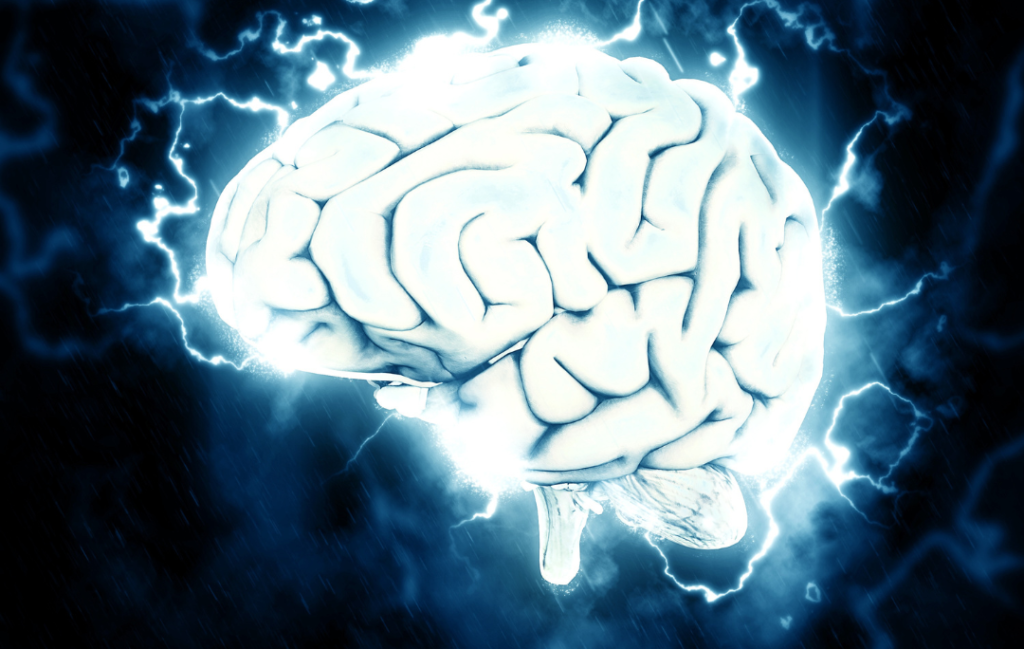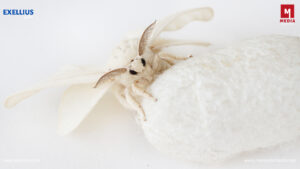
Over 12 years, researchers mapped all of a larval fruit fly’s brain, charting 3,016 neurons and 548,000 connections. It’s big news for neuroscience.
The reconstruction of the larval fly’s brain includes 3,016 neurons and 548,000 connections, or synapses, between neurons. Scientists say it’s the most complex, complete map ever published of an animal’s brain.
To most humans, a fruit fly larva doesn’t look like much: a pale, wriggling, rice grain-shaped maggot, just a few millimeters in length. Yet, in their own way, fly larvae lead rich and interesting lives full of sensory inputs, social behaviors, and learning. If you’ve ever doubted that a lot goes on inside a maggot’s head, now we have the map to prove to it.
An interdisciplinary team of scientists have released a complete reconstruction and analysis of a larval fruit fly’s brain, published Thursday in the journal Science. The resulting map, or connectome, as its called in neuroscience, includes each one of the 3,016 neurons and 548,000 of the synapses running between neurons that make up the baby fly’s entire central nervous system. The connectome includes both of the larva’s brain lobes, as well as the nerve cord.







